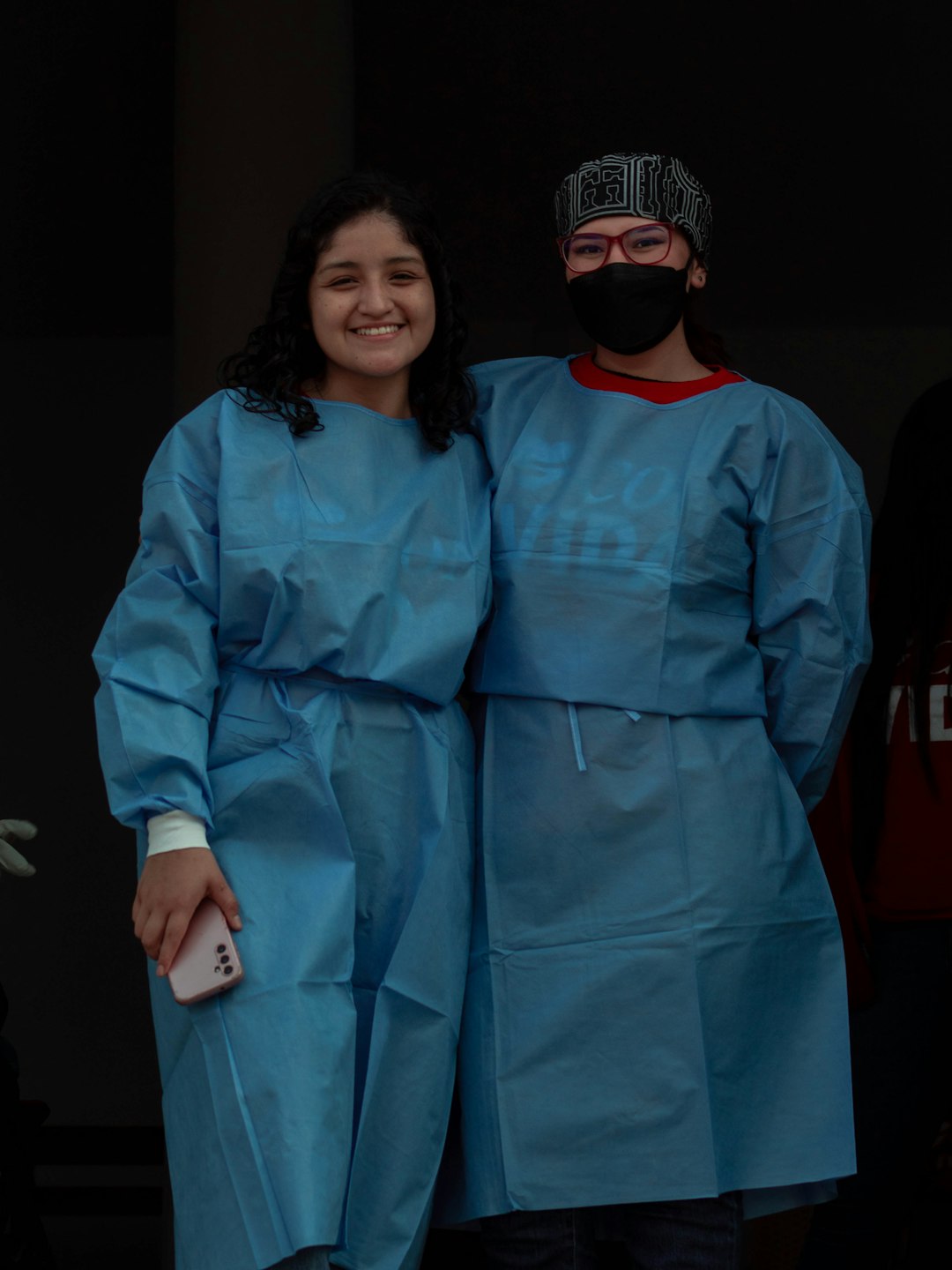In the ever-flammable world of high school science, few subjects offer the delicate blend of wonder and explosion quite like chemistry. The colored flames of alkali metals, the satisfying pop of hydrogen-filled balloons, the transformation of substances before students’ wide eyes — it’s all part of the magic. Yet, when that magic spirals into chaos, particularly the “unexpected fire” variety of chaos, the role of a chemistry teacher evolves from educator to emergency responder.
Now imagine trying to teach stoichiometry or electron configuration while keeping one eye on the periodic table and the other on suspiciously smoky lab benches. Welcome to the magical chaos of attempting to inspire young minds while someone — who may or may not answer only to the name “Blaze” — keeps setting the lab on fire.
The Alchemy of Teaching Meets the Pyromancy of Teenagers
Chemistry, fundamentally, is a study of change. Atoms rearrange, energy releases, bonds form and break — all under the scrutiny of bright florescent lights and the buzzy din of adolescent enthusiasm. Ideally, lessons unfold in clean symmetry, glassware unbroken, equations balanced.
But not in this classroom.
In this classroom, burners roar slightly too loud, goggles fog from panic as much as heat, and extinguishers are stored within arm’s reach, not in case of emergencies, but in preparation for them. The elusive firestarter, whether intentional or not, has become the spectral presence in every reaction setup, every lab report, and every deeply sighed safety review.

The Dance of Discovery… and Despair
On days when the fire alarms aren’t triggered by sodium dropped a little too enthusiastically into water, class periods turn into passionate detective sagas. The culprit is never identified — or perhaps is never willing to admit fault. Either way, the cycle continues: ignition, evacuation, parental emails, tragic loss of perfectly good magnesium ribbons.
Still, what some might call disaster, a more romantic observer would call engagement.
Despite the smoke and singed eyebrows, students are learning. Perhaps unexpectedly, perhaps in unconventional formats, but learning nonetheless. Their questions echo through the soot-streaked lab:
- “What gas causes the flame to jump like that?”
- “Why did the fire extinguisher foam bubble like soda when it hit the acid?”
- “Why did you dive behind your desk when I lit the Bunsen burner?”
The answer to all these is, of course: Science. With a healthy dash of survival instinct.
Resilience: The Real Scientific Method
While the class may not always make it through the intended curriculum of the day, they do walk away with a deep understanding of problem solving under pressure. Safety procedures? Memorized. Fire extinguisher usage? Practiced. Reaction time? Shaved by whole seconds.
In between the controlled chaos — and the uncontrolled combustion — the teacher improvises. Worksheets become fire reports. Labs pivot to theoretical discussions. Nothing kills student engagement like danger — or perhaps kindling.
But it’s not all mayhem. Eventually, even the chaos becomes routine. The smell of sulfur and singed paper becomes the background scent to every pop quiz. Students treat beakers like sacred relics, wary of sudden combustions. Classroom pets are relocated. The fire department is now on speed dial.
The Curriculum Adjusted for Drama
Over time, the teacher becomes a mix between chemist and battlefield commander. Lessons evolve to include:
- The Ethics of Accidental Arson
- History of Chemical Safety and Why You Should Care
- The Chemical Properties of Fireproof Lab Coats
Each new incident is a teachable moment. Inquiry-based learning at its finest. “What caused this reaction?” becomes more urgent when you’re asking it through smoke.
Image not found in postmeta
The Fire-Bringer’s Gift: Weirdly Passionate Scientists
Ironically, under these uniquely trying conditions, students are thriving. They’re curious, alert, respectful (mostly), and far more invested in the material. After all, it’s hard to forget the reaction of potassium with water when it nearly blisters the ceiling.
Some have even gone on to major in chemistry, their statements of purpose filled with tales of flaming titrations and escaping lab mishaps. Passion, as it turns out, sometimes arrives ablaze.
But make no mistake — it’s not easy teaching under this veil of unpredictability. Each day brings the potential for brilliance or burnout, sometimes literally. But the teacher, the noble alchemist of education, carries on — extinguishers in tow, spirit undimmed.
Frequently Asked Questions
-
Q: Why does someone keep setting the lab on fire? Is it sabotage?
A: It’s uncertain. Sometimes it’s chemistry gone wrong, other times it’s student mischief. It might even be sympathetic entropy — the universe’s way of joining in the fun. -
Q: How do you maintain student safety?
A: Safety goggles are mandatory. Emergency drills are routine. Instructions are repeated (shouted). All students are taught to Stop, Drop, and Roll as enthusiastically as they learn Avogadro’s number. -
Q: Have you considered banning open flames?
A: Yes. But it turns out, chemistry without open flames is like teaching Shakespeare without soliloquies. A bit…tame. -
Q: Any tips for other teachers in flammable predicaments?
A: Humor helps. So do reinforced ceilings. Keep calm, document everything, and try to identify your firestarter before finals week. -
Q: What’s the biggest lesson students seem to learn?
A: Respect for chemistry. And fear. A healthy, borderline theatrical fear. But mostly, awe at the power of molecules and matchsticks.
In the end, perhaps that’s the lesson worth setting sparks for: Science is fire — beautiful, dangerous, and utterly unforgettable.
